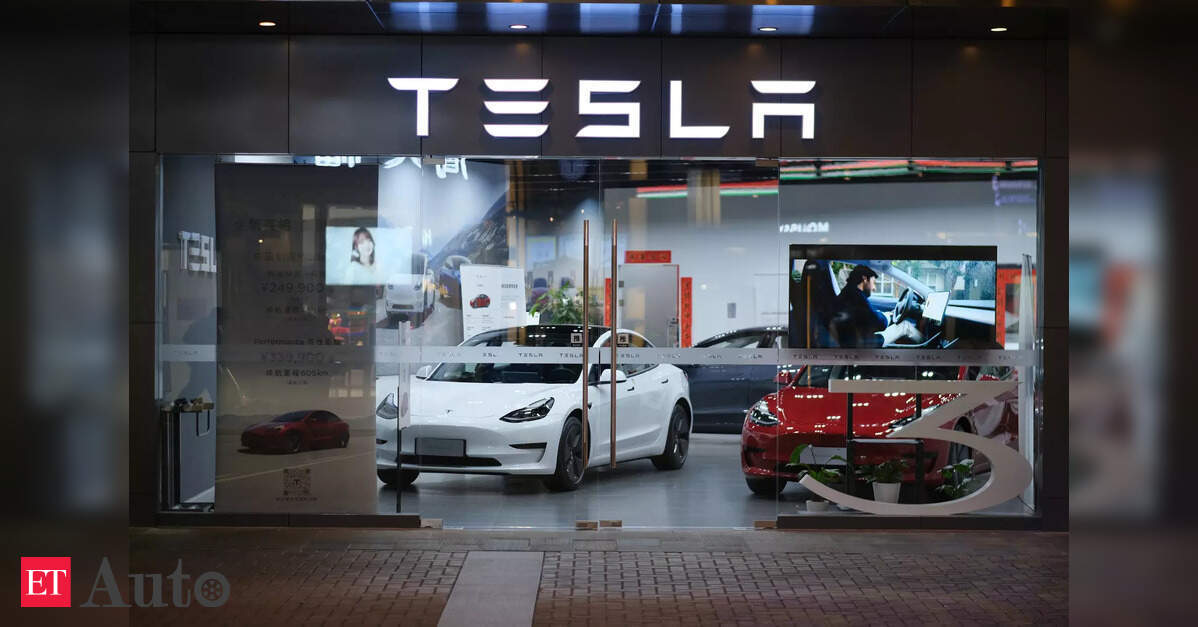Amazon Prime Day 2025 Sees 41% Sales Drop on Day One
Amazon’s Prime Day 2025 has kicked off with a startling twist, as early reports indicate a significant drop in sales on the event’s first day. According to a report by Forbes, sales plummeted by 41% compared to the first day of last year’s two-day event, a finding attributed to research from Momentum Commerce. Amazon, however, has pushed back against these figures, arguing that it’s too early to judge the success of an event that has been extended to four days for the first time, doubling its traditional duration.
This extension was a calculated gamble by Amazon to give shoppers more time to explore millions of deals across its vast online marketplace, as noted by Bloomberg. Yet, the initial numbers suggest that the strategy may not be paying off as anticipated. Analysts point to evolving consumer behavior and economic pressures as potential reasons for the sluggish start, with some shoppers possibly holding off purchases until later in the event or opting out altogether.
Beyond consumer behavior, external factors are also playing a role in shaping Prime Day’s performance this year. Bloomberg highlights that many Amazon sellers have curbed discounts during the event due to looming tariffs and rising global price pressures. With the threat of increased costs on imported goods, sellers are adopting a more cautious approach, reducing the depth of deals that have historically driven Prime Day’s massive sales spikes.
This hesitancy among sellers could be a significant drag on the event’s overall success. The reduced discounts may deter bargain-hungry shoppers who have come to expect steep price cuts, further compounding the reported sales drop. Meanwhile, Amazon’s decision to extend the event duration might dilute the urgency that typically fuels Prime Day’s frenetic buying activity.
Despite the rocky start for Amazon itself, the ripple effects of Prime Day continue to benefit the broader retail sector. A post on LinkedIn notes that the event is expected to generate a $7.9 billion boost for retail overall, as competing retailers launch their own sales to capitalize on the heightened shopping fervor. This halo effect underscores Prime Day’s role as a mid-year catalyst for e-commerce, even if Amazon’s own numbers are under scrutiny.
The competitive landscape has intensified, with major players like Walmart and Target rolling out aggressive promotions to lure customers away from Amazon’s platform. This dynamic suggests that while Amazon may face internal challenges, the event still drives significant economic activity across the industry, reinforcing its status as a retail juggernaut.
Adding to the complexity, a video discussion on YouTube by industry analysts points to broader consumer sentiment as a potential factor in the sales dip. With inflation and economic uncertainty lingering, many shoppers may be prioritizing essential purchases over discretionary spending, even during a high-profile sales event like Prime Day.
As the four-day event progresses, all eyes will be on whether Amazon can recover from this slow start. The company’s ability to adapt to shifting consumer trends and seller dynamics will be critical. For now, Prime Day 2025 serves as a litmus test for the resilience of e-commerce in a challenging economic climate, with implications that could shape retail strategies for the remainder of the year.
You may also like...
Diddy's Legal Troubles & Racketeering Trial

Music mogul Sean 'Diddy' Combs was acquitted of sex trafficking and racketeering charges but convicted on transportation...
Thomas Partey Faces Rape & Sexual Assault Charges

Former Arsenal midfielder Thomas Partey has been formally charged with multiple counts of rape and sexual assault by UK ...
Nigeria Universities Changes Admission Policies

JAMB has clarified its admission policies, rectifying a student's status, reiterating the necessity of its Central Admis...
Ghana's Economic Reforms & Gold Sector Initiatives

Ghana is undertaking a comprehensive economic overhaul with President John Dramani Mahama's 24-Hour Economy and Accelera...
WAFCON 2024 African Women's Football Tournament

The 2024 Women's Africa Cup of Nations opened with thrilling matches, seeing Nigeria's Super Falcons secure a dominant 3...
Emergence & Dynamics of Nigeria's ADC Coalition

A new opposition coalition, led by the African Democratic Congress (ADC), is emerging to challenge President Bola Ahmed ...
Demise of Olubadan of Ibadanland
Oba Owolabi Olakulehin, the 43rd Olubadan of Ibadanland, has died at 90, concluding a life of distinguished service in t...
Death of Nigerian Goalkeeping Legend Peter Rufai

Nigerian football mourns the death of legendary Super Eagles goalkeeper Peter Rufai, who passed away at 61. Known as 'Do...


